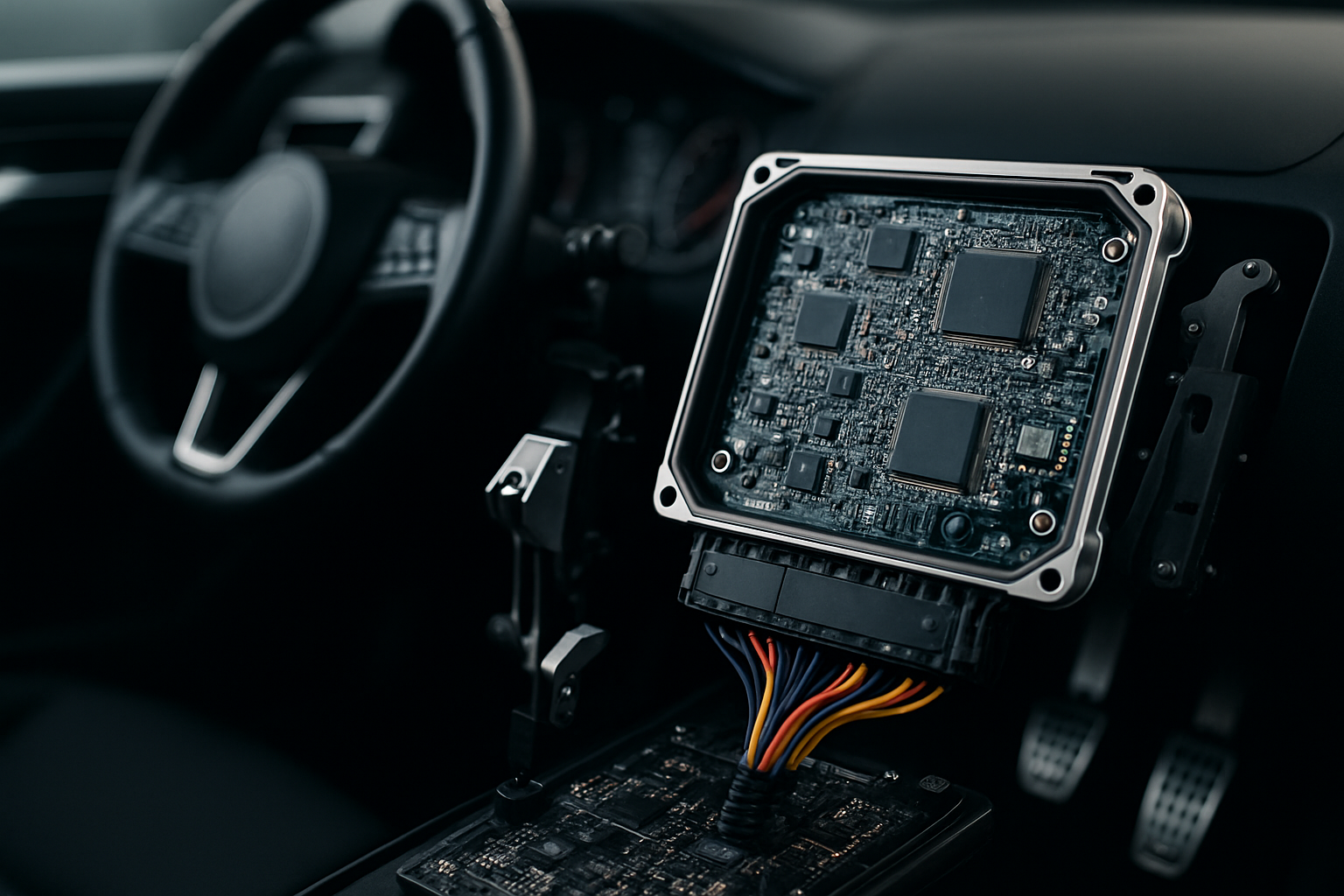Redefining Interaction: The Rise of Holographic Technology
The world of technology is brimming with innovation, and holography is one such development that has the potential to redefine our interaction with the digital world. From bringing the concert stage to your living room to revolutionizing the healthcare industry, holograms are set to make waves in the coming years.

Holography: The Journey So Far
Holography’s roots can be traced back to 1947 when Hungarian-British physicist Dennis Gabor developed the theory of holography while working to improve the resolution of electron microscopes. The term holography, derived from the Greek words ‘holos’ (whole) and ‘graphē’ (writing), signifies the ability to record all the information of light, including both intensity and phase.
However, it was only after the invention of the laser in the 1960s that holography became a reality. Lasers, with their ability to produce coherent light, were an ideal source for creating holograms. This development opened up a plethora of possibilities, from 3D art installations to potential applications in data storage and telecommunications.
Holography Today: More Than Just Science Fiction
Fast forward to today, and holography is no longer just a scientific concept but a technology being embraced by various industries. For instance, in the entertainment industry, holograms are being used to bring deceased artists back on stage. The most notable example of this was the resurrection of Tupac Shakur at the 2012 Coachella Music Festival, which created a buzz around the potential of holographic technology.
Moreover, holography is also making strides in the field of medicine. Holographic imaging can help doctors visualize complex structures like the heart or brain in three dimensions, enabling them to diagnose and treat diseases more effectively.
Holographic Tech: A Game-Changer in the Market?
While the potential of holographic technology is immense, its adoption in the mass market is still in the early stages. Currently, most commercial applications of holography, such as holographic concerts or medical imaging, are high-cost endeavors. However, as technology advances and costs come down, we can expect holography to become more widespread. Some experts anticipate that the global holography market could exceed $5.5 billion by 2026.
The Future of Holography
As we move forward, the potential applications of holography are only expected to grow. From holographic video calls to 3D holographic displays replacing traditional TV screens, the possibilities seem endless. Furthermore, with advancements in fields like virtual and augmented reality, the incorporation of holography can provide a truly immersive experience.
As it stands, holography is a promising technology that could redefine our interaction with the digital world. While there are challenges to overcome, especially in terms of cost and accessibility, the future of holography looks bright. The next few years will be crucial in determining whether holography can move from the realm of science fiction to become an integral part of our daily lives.
In the end, the journey of holography, from Dennis Gabor’s theoretical concept to a technology that has the potential to revolutionize various industries, is a testament to the power of human ingenuity and the limitless possibilities that technology holds. As we continue to push the boundaries of what is possible, one can only imagine what the future holds.





